Stocks rallied to close out the last week of August. The $6.5 billion buy imbalance, which overwhelmed the market in an illiquid trading session ahead of the three-day weekend, could have had something to do with it.
As we have discussed, the market-on-close buy imbalance starts building around 2 PM ET, with the final size released at 3:50 PM ET. We can see that the turned higher on Friday at 2 PM, almost to the second.
This suggests that many gains from the final two hours of trading could vanish today.
The end-of-day rally likely had more to do with month-end rebalancing than a genuine bid to buy or sell securities.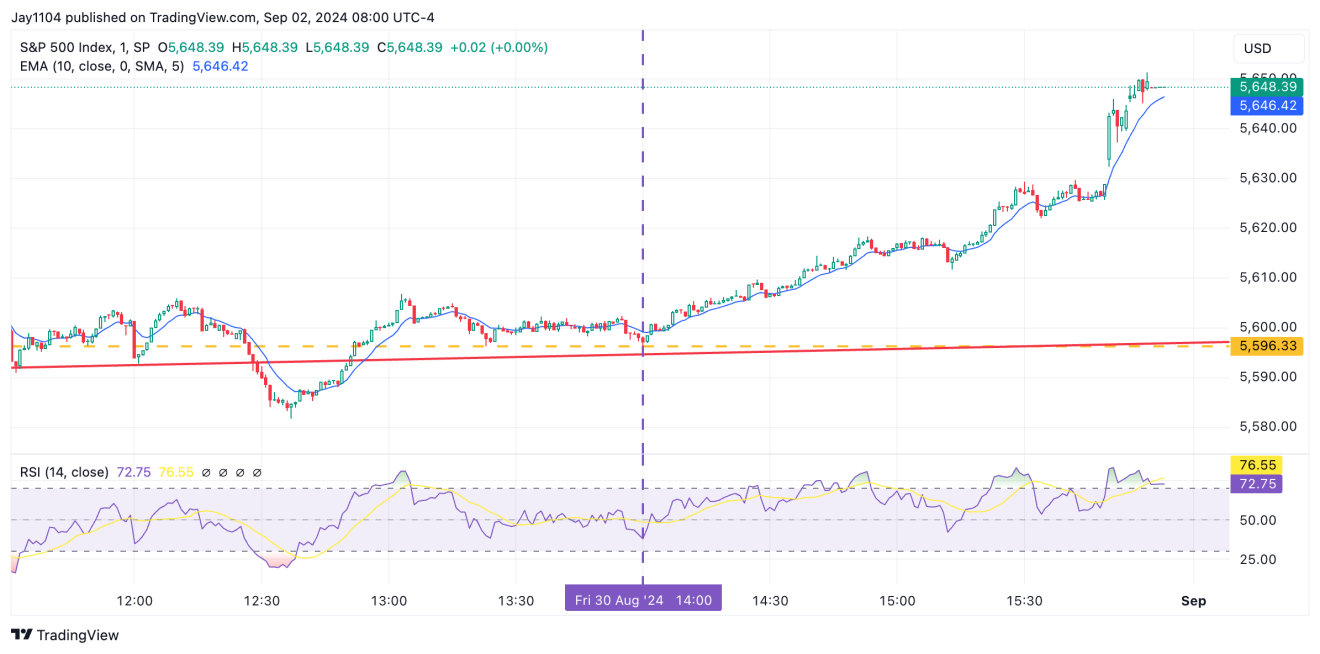
From a cycle perspective, is approaching a peak that has effectively been calling market bottoms and tops based on their oscillations.
This suggests we may enter a period where the market could move lower this week, at least according to the hourly chart.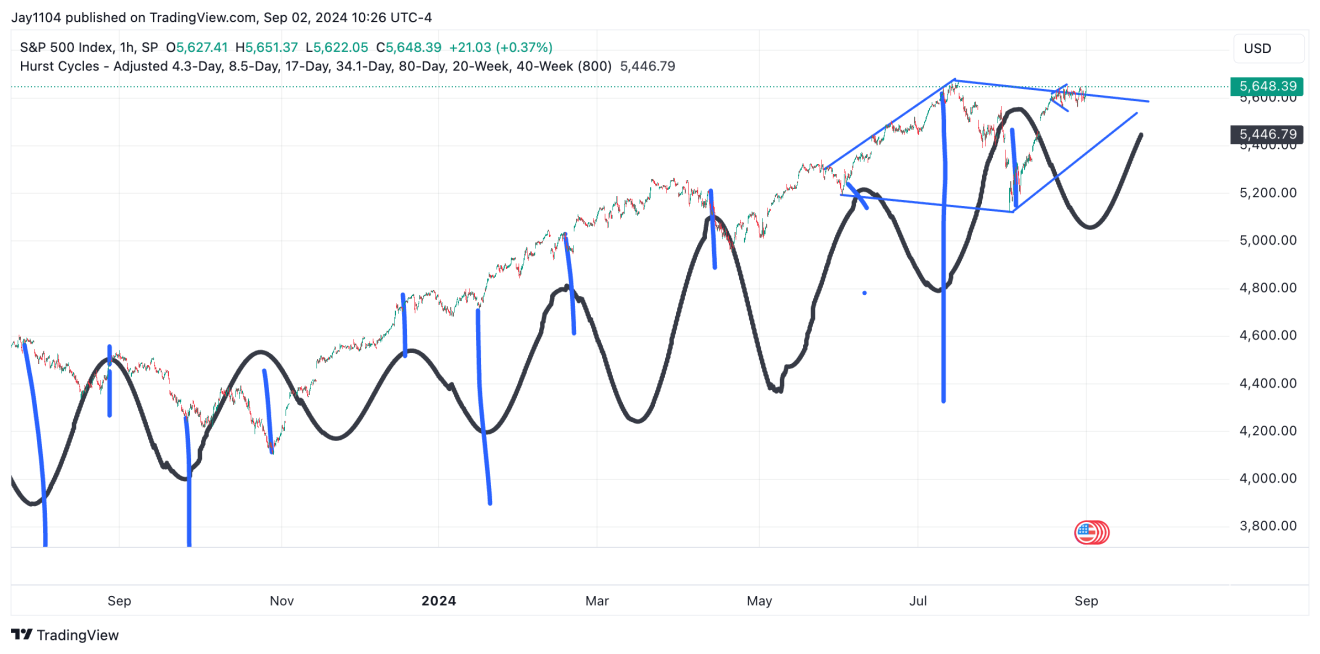
Volatility Set to Spike Ahead of a Crucial Jobs Report
One thing to consider this week is that we are likely to see increasing levels of volatility, particularly as we approach the on Friday.
The 1-Day will be key here, as it seems likely that both the VIX and the VIX 1-Day will rise sharply leading into that release. Given the significance the market is placing on this report, it seems probable that we will see a similar reaction as before.
Additionally, this week’s report will likely influence whether the Fed cuts rates by 25 or 50 basis points at the September meeting. If the VIX reaches the 20 range by Thursday, it might indicate that the market rallies on Friday, assuming the data isn’t a complete disaster.
However, if the NFP comes in weak or the is higher than expected, I would expect the VIX 1-Day to remain elevated, and we could see a repeat of the market reaction to the August 2nd report.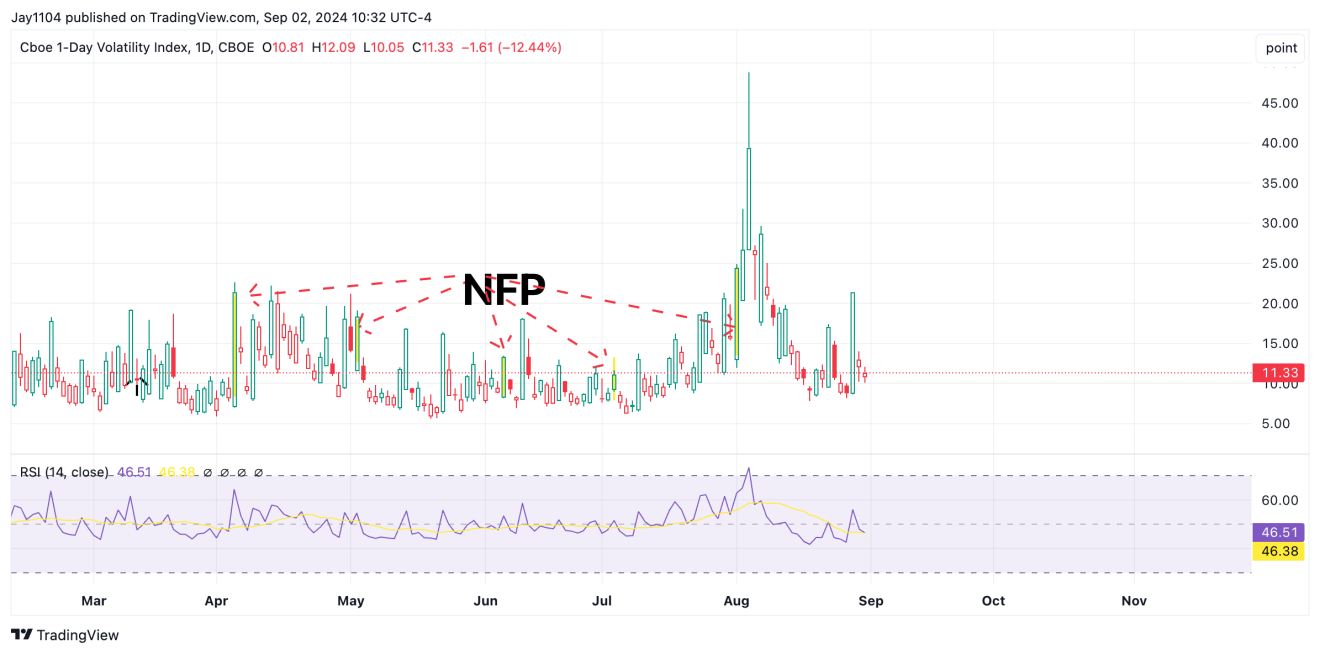
Even after we pass the jobs report, liquidity factors are unlikely to be favorable in September. This is due to the September 15 tax deadline and the likely increase in quarter-end repo activity.
Over the past few months, SOFR volume and reserve balances have declined, while margin balance growth has stalled. These factors tend to impact the S&P 500 over time directly.
I don’t see any reason to expect a sudden change, suggesting that if outflows are anticipated this month—potentially resembling April—this time will not be any different.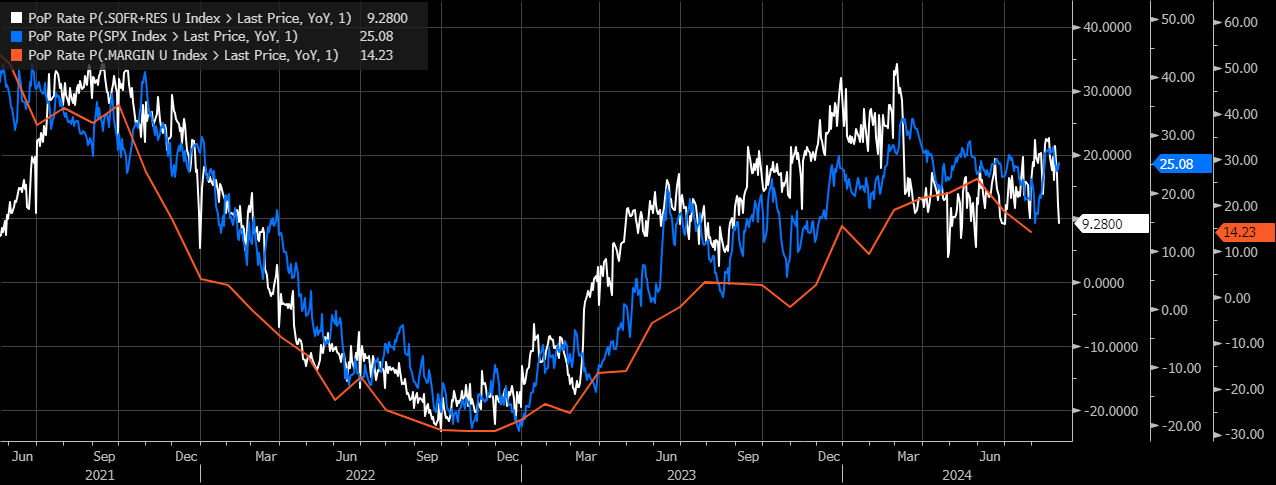
USD/CAD Consolidates Ahead of BoC
In addition to the U.S. data we’re expecting this week, there will also be a Bank of Canada Monetary Policy meeting. Expectations are for one rate cut, with slight odds for two. Additionally, the has seen a significant move; technically, the is oversold against the Canadian dollar.
I’ve been expecting it to bounce on two prior occasions over the last 2 or 3 weeks, but the USD/CAD appears to be consolidating. We know about the solid inverse relationship between the USD/CAD and the S&P 500, and this seems like a good opportunity for the dollar to gain some strength.
Remember, currencies are always relative, and it’s entirely possible to get bad U.S. data and still see the dollar strengthen if the outlook in Canada is worse.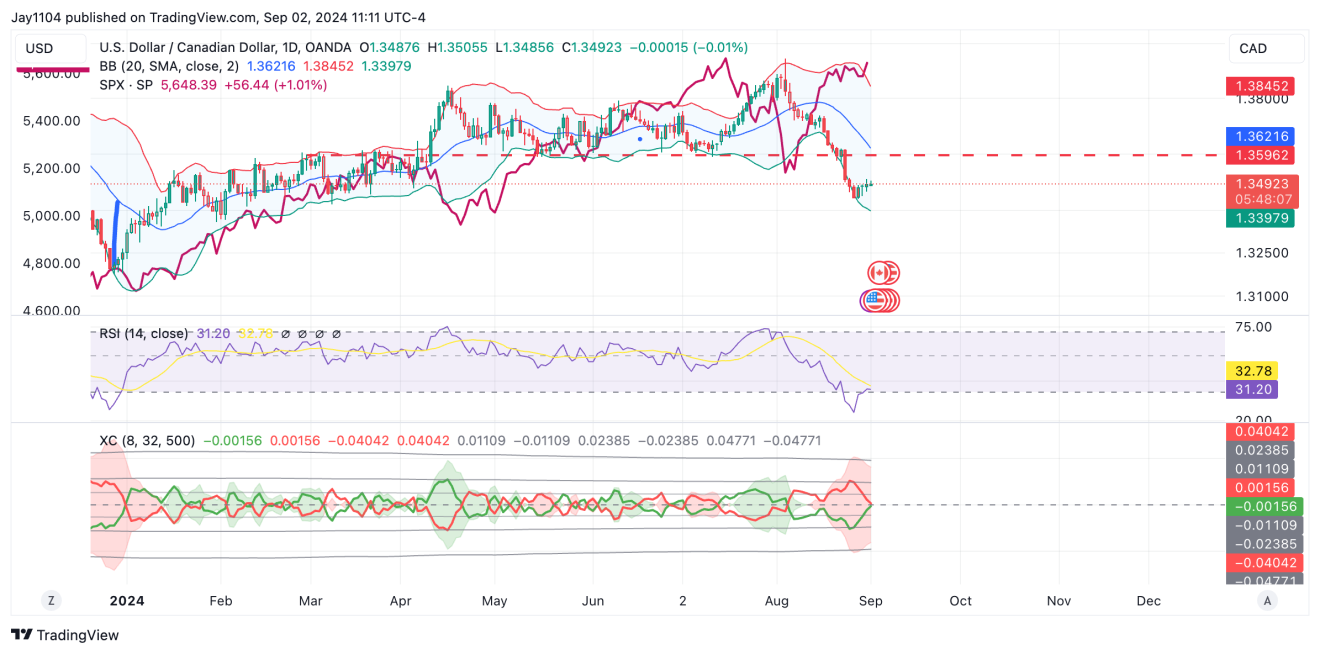
Nvidia Approaches Resistance
Perhaps NVIDIA (NASDAQ:) will give us a clue as to what happens next. The stock moved down to support at $118.25 and consolidated there for most of Friday.
If it breaks below the $118 level, it could set up a potential drop back to $110.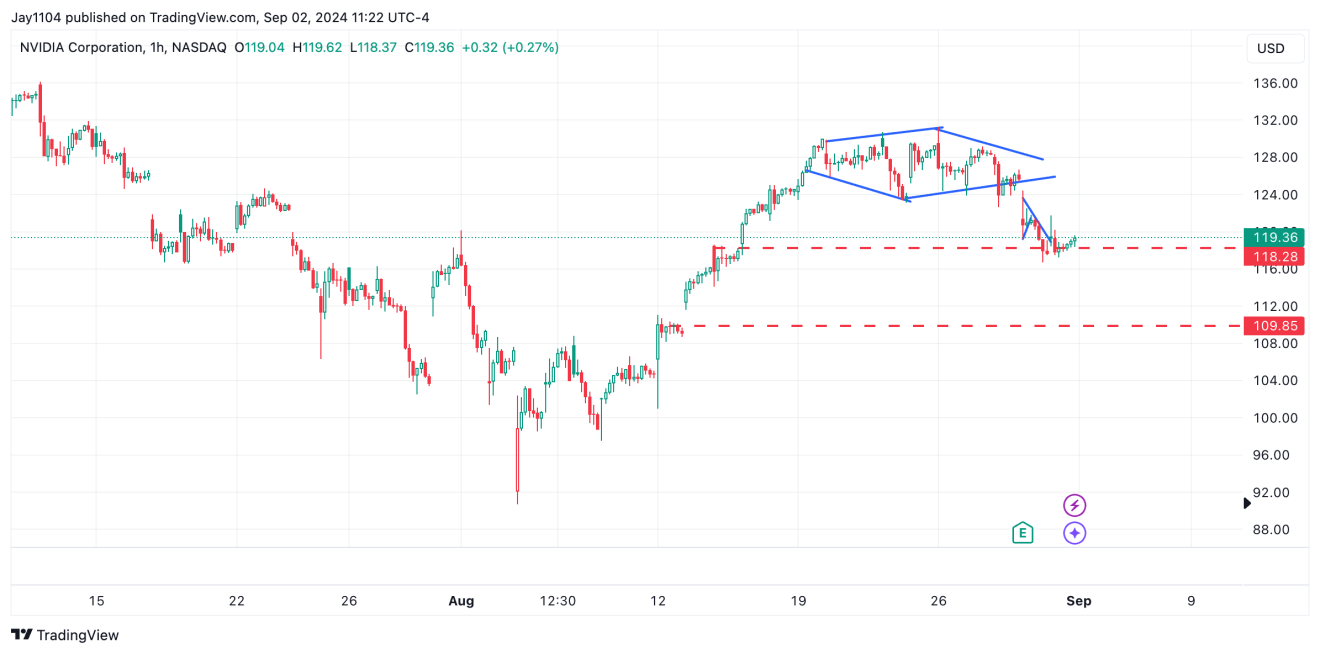
Additionally, at the start of the week, the gamma level at $120 will serve as resistance and could cap any rally in the stock. If the stock moves above $120, the next significant gamma level would be around $125.

